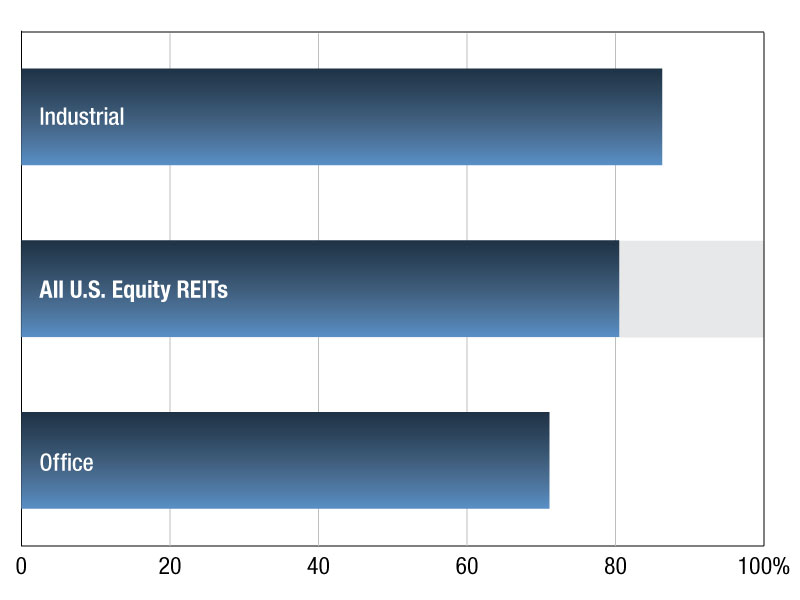Herman Bulls: Tennessee Implementing Country’s Most Advanced Real Estate Strategy
Since 2011, Tennessee has been implementing its T3 program, which is short for “Transforming Tennessee for Tomorrow,” the most advanced real estate strategy of any state known to date. T3 will ultimately move about 14,000 state employees from expensive or outdated office space into more efficient and improved buildings. T3 will also reduce the state’s…
 Since 2011, Tennessee has been implementing its T3 program, which is short for “Transforming Tennessee for Tomorrow,” the most advanced real estate strategy of any state known to date.
Since 2011, Tennessee has been implementing its T3 program, which is short for “Transforming Tennessee for Tomorrow,” the most advanced real estate strategy of any state known to date.
T3 will ultimately move about 14,000 state employees from expensive or outdated office space into more efficient and improved buildings. T3 will also reduce the state’s office portfolio by at least 1 million square feet, saving Tennessee’s taxpayers upwards of $130 million over the next decade.
Most recently, the state hired Jones Lang LaSalle to provide comprehensive facility management services for its state-owned and leased office facilities throughout Tennessee. Outsourcing this responsibility is estimated to save the State an additional $50 million over the next five years.
Most states employ their own personnel who are responsible for managing the public sector real estate portfolio internally. But Tennessee‘s implementation of “best in class” real estate practices with Jones Lang LaSalle will reduce operating costs, improve the quality and timeliness of its services and provide energy and sustainability solutions for state buildings.
Tennessee Governor Bill Haslam started scrutinizing the state’s real estate shortly after being elected in November 2010. With the stated goal of significantly improving the state’s services and achieving greater efficiencies, the Department of General Services Commissioner Steve Cates oversaw an in-depth facility assessment managed by Jones Lang LaSalle and the State of Tennessee Real Estate Asset Management Division (STREAM).
The assessment included 4.6 million square feet of space at 31 sites. Covering 33 buildings in total, the examination graded each facility on 85 different factors, assigning each factor a grade on a scale of 1 (lowest) to 5 (highest) with 70 being the lowest possible score for a building to pass. The average grade was 67.
The assessment also found that investing in upgrades to bring these facilities to current workplace standards would reduce operating expenses at each building enough to pay back the cost of covering deferred maintenance in just six years. The results also helped the state develop a capital pre-planning process and master plan.
The capital pre-planning process required every state manager to make a business case for capital building projects prior to submission for inclusion in the annual capital budget. To assist in the endeavor, a team from the State’s Department of General Services met with every State agency manager and had them articulate project needs and how those needs related to their overall agency goals.
The State then identified opportunities to increase space utilization through co-location and other improvements to inter-agency and intra-agency occupancy.
Workplace strategies across the United States are evolving to reflect cultural shifts within society and improve space utilization. Tennessee is leading the way in the public sector.
Herman Bulls is CEO of Jones Lang LaSalle’s Public Institutions group.







You must be logged in to post a comment.